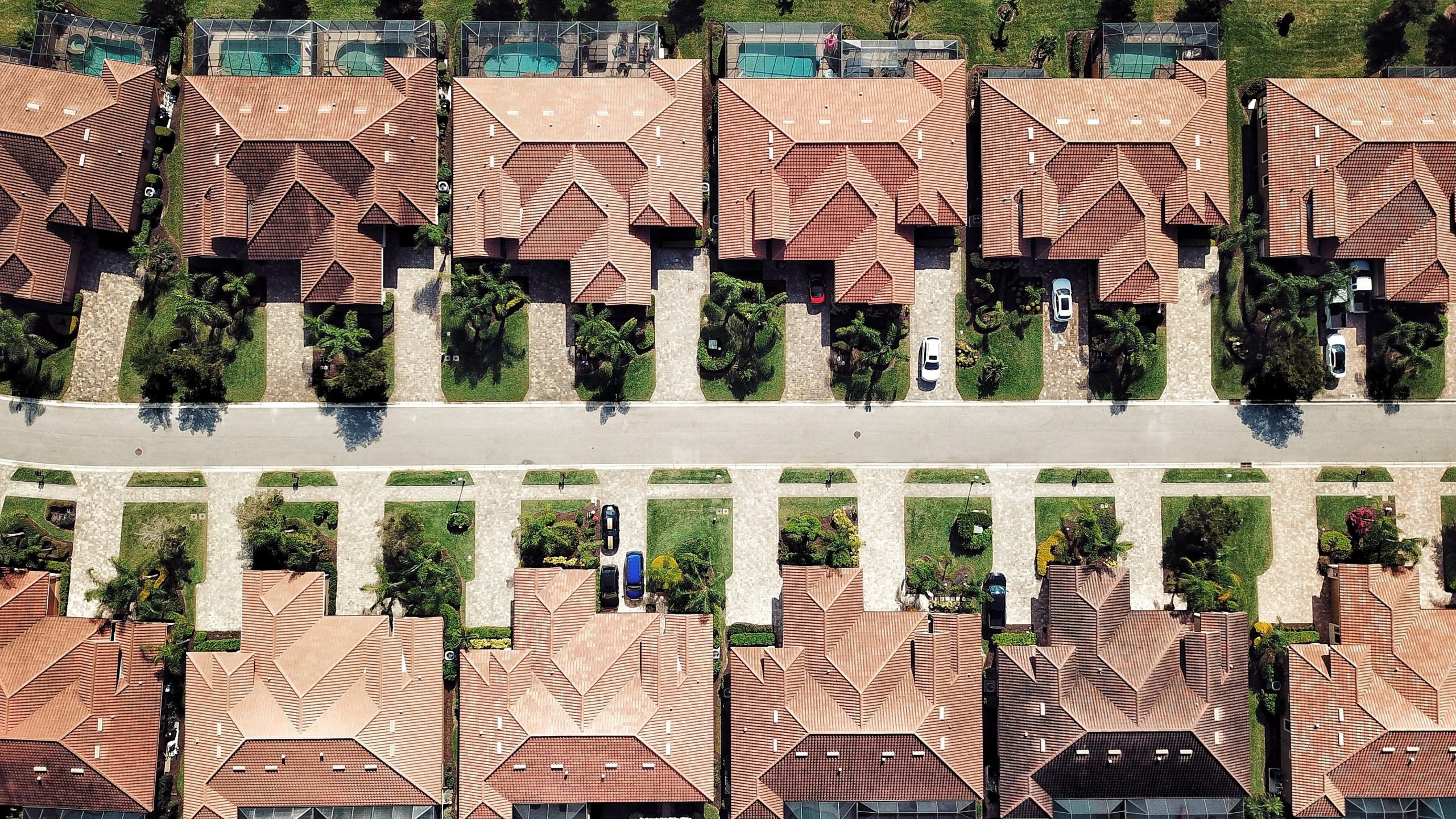Home Insurance Deserts and Climate Change: A New Challenge
This summer, State Farm announced that it would not issue any new homeowner policies in the state of California due to the rapidly growing wildfire risk. Within days, Allstate followed suit, confirming that it would stop issuing California homeowner policies due to the high cost of home repairs and reinsurance premiums.
These are just two examples of a growing issue in the housing crisis: Home insurance deserts.
While only a few states are currently impacted, this lack of home insurance represents a new challenge in housing affordability. Home insurance deserts, paired with rising insurance premiums, will only worsen with the prevalence of climate change-related disasters.
What is a Home Insurance Desert?
When major insurers, such as State Farm or Allstate, leave a particular region, it leads to an insurance desert: An area characterized by a lack of access to home insurance providers and extremely costly premiums for any insurers who still offer coverage.
At last measure, State Farm held 20% of the market—making the retraction of home coverage a notable event. After the California wildfires of 2017 and 2018, the number of Californians who were told that their home insurance policy wouldn’t be renewed jumped by 42 percent, impacting nearly 235,000 households.
The impact of these home insurance deserts is still to be fully seen. However, most mortgage lenders require homeowners to have home insurance—and without insurance, current homeowners could default on their mortgages.
For new homebuyers, the lack of home insurance coverage could be particularly challenging. Without access to home insurance, homeowners will be unable to get a mortgage—with paying cash the only available option to purchase a home.
The Rising Cost of Home Insurance
In addition to the onset of home insurance deserts, home insurance rates in general are on the rise—all due to the increased impact of climate change-related disasters on homes, including flooding and fires, for example..
Between May 2021 and May 2022, 90 percent of homeowners saw their home insurance premiums rise. Homeowners in states most affected by climate change, such as California, Florida, and Louisiana, have seen dramatic increases in premiums. One study estimates that by 2050, roughly 34,000 homes will burn down every year because of wildfires—which is the equivalent of losing the city of Asheville, N.C., each year.
While home insurance premiums are on the rise, not all homeowners are impacted equally. Studies find that Americans of color are more likely to live in areas at a higher risk of flooding from natural disasters than white and Asian people, resulting in a higher increase in home insurance rates.
Flood Insurance
Equally important for homeowners is flood insurance. Fueled by the rise of climate change-related disasters, flood insurance has become increasingly expensive—prompting many homeowners to forego coverage.
Fewer than 20 percent of U.S. homes have flood insurance—and most homeowner insurance doesn’t cover flooding from extreme rainfall, storms, or natural disasters. Because of this, many homeowners living in areas most impacted by climate change are dependent on federal aid to cover property or financial loss.
This aid is typically provided by the Federal Emergency Management Agency (FEMA) and the U.S. Department of Housing and Urban Development (HUD). In October 2021, FEMA overhauled the National Flood Insurance Program (NFIP), a restructuring that was intended to combat inequities by adjusting premium rates according to risk levels.
However, the shift caused many homeowners to see their rates spike—some by more than $4,000 each year. The total number of NFIP policies declined by nearly 9 percent, signaling that many Americans are choosing to forgo flood insurance.
Rising home insurance and flood insurance rates—coupled with an increase in regions that no longer have access to home insurance—will likely decrease the ability of low- and middle-income homeowners to purchase homes in certain regions.
New Solutions for Home Insurance
With the recent onset of home insurance deserts in the past year, experts and housing advocates are only beginning to fully understand the impact of this new reality on housing security and the possibilities of affordable homeownership for many lower- and middle-income families.
While limiting the possibilities of home insurance in climate change-impacted areas makes financial sense for insurance companies, it has a life-changing impact on potential homebuyers and current homeowners living in areas most impacted by climate change.
Many Americans in affected regions are now turning toward state-affiliated insurers, such as California’s FAIR Plan, which was originally created 50 years ago as a temporary stopgap for those impacted by the riots and brush fires of the 1960s. While it is the only available option for some homeowners in affected zip codes, it is not a lasting solution to the dire reality of home insurance deserts.
As major insurers stop offering home insurance in high-risk states, such as California and Florida—and natural disasters continue to increase each year—new solutions will need to be developed to support homeowners of all economic levels.
Join us on social media to learn more about new developments in housing accessibility and our work in supporting affordable for-sale homeownership.

